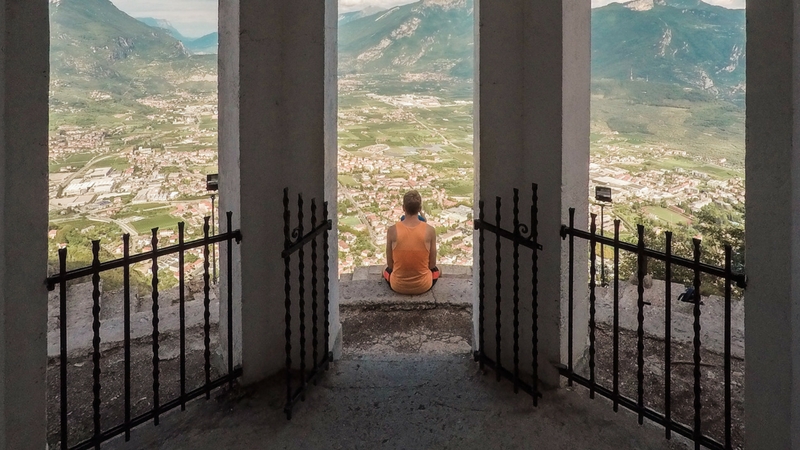How to Meditate
Episode #10 of the course Understanding meditation and the science behind it by Colin Pal
It’s Day 10, you did it! You’ve completed the course on “Understanding Meditation and the Science behind It.” Here’s a quick recap of what we’ve learned together:
• Meditation is the practice of becoming familiar with our mind by paying attention intentionally, moment to moment. It’s an art of training attention!
• There is science behind it. Through meditation, we are making use of our brain’s neuroplasticity to rewire old thought patterns and behaviors.
• Thought patterns and behaviors are created by the dance of the three brains: the neocortex (thinking), the limbic (feeling), and the cerebellum (habitualization).
• Stress is a natural survival response, and it’s totally fine if kept in moderation. Mindfulness is creating harmony within the autonomic nervous system.
• We can train calm by triggering our vagus nerve through deep and slow breathing.
• Experiencing happiness can be activated in our left prefrontal cortex, which just so happens to inhibit the amygdala, our fear and aggression center.
• Focus can be trained by activating the TPN and turning off the DMN.
• It’s possible to change the brainwave frequencies that our brain runs on.
• Meditation helps maintain a healthy brain. But there are also other ways to promote good brain health, which might be applied to receive positive results.
It’s All about Practice
Okay, enough with the science! Let’s get back to the practicality of meditation and talk about actually doing it. Understanding the science behind meditation allows you to practice it with more intention. But how can you actually transform the quality of your experiences?
In the last nine days, you’ve learned how much is actually going on in your brain when you pay attention moment to moment. So, let your physiology do its thing. Creating a habit of meditation will ultimately train your brain to automatically do more of it. Here’s how to get started.
Find a good and quiet spot in your home or apartment, ideally where there isn’t too much clutter. You can sit outside if you like, but choose a place with little distraction. It helps to set an intention and amount of time you’re going to meditate for, so you don’t obsess about deciding when to stop. If you’re new, start small and go with five to ten minutes. If that’s too much and you can’t even sit for five minutes, start with a mindful minute. You can build up from there. You can do a session in the morning and in the evening, or one or the other. Consistency is the key, so doing some is better than doing none.
Make sure you have good posture and are comfortable and relaxed but also alert. When your posture is established, begin to feel your breath as it goes in and out. Follow your breath, and rest your attention and awareness on the flow of your breath, moment by moment. Inevitably, your attention will leave the breath and wander to other places. When you get around to noticing this, call it out and acknowledge the distraction, then kindly and softly return your attention to the breath. Don’t judge yourself or obsess over the content of the thoughts. Be playful and curious. Remember, this is mental fitness for the brain. It’s simple training but it won’t always be easy. Come back to your breath. Be taken away, then come back again. That’s the practice.
Thank You
I want to end this with a final note of appreciation and gratitude to you for taking this step toward awakening your mind and choosing to live more consciously and connected in this noisy world. I hope you enjoyed the course.
—Colin Pal
Recommended book
Mindfulness: A Practical Guide to Awakening by Joseph Goldstein
Share with friends

